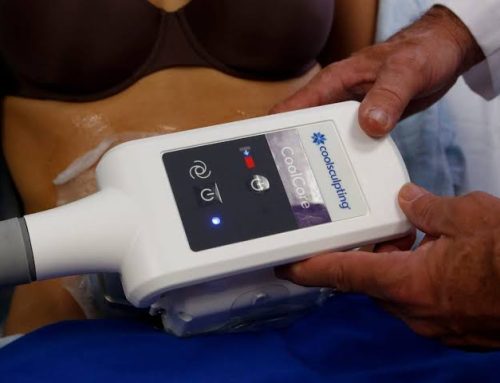Introduction
When it comes to cosmetic surgery, one procedure that is less commonly discussed but can have a significant impact on a woman’s life is labiaplasty. If you’ve ever wondered what a labiaplasty involves and why someone might consider it, you’ve come to the right place. In this article, we will explain the details of this surgical procedure, shedding light on what it is and what it encompasses.
What is Labiaplasty?
Labiaplasty is a surgical procedure designed to address concerns related to the labia minora, the inner tissues of the female genitalia. While there is a range of reasons why women may consider this procedure, it primarily focuses on reducing the size of the labia minora so that it is flush with the labia majora, the outer part of the female genitalia.
When is a Labiaplasty necessary?
Women decide for labiaplasty for various reasons, which can be categorized into functional and cosmetic:
Functional Benefits:
- Discomfort with Physical Activities: Enlarged labia can cause discomfort during exercise or physical activities.
- Hygiene Concerns: Some women find it challenging to maintain proper hygiene due to the size of their labia.
- Urinary Tract Infections: Enlarged labia can contribute to an increased risk of urinary tract infections.
- Pain During Sexual Activity: Discomfort during intimacy can be a significant concern for some women.
Cosmetic Benefits:
- Self-Consciousness: Many women feel self-conscious about the appearance of their labia, especially in intimate situations.
- Clothing Choices: The trend of wearing form-fitting clothing, such as yoga pants and swimwear, has led to increased awareness of labial appearance.

What do they do during Labiaplasty?
Over time, various techniques for labiaplasty have evolved to cater to the unique needs of each patient. Some common procedures include:
1. Trim Procedure:
- This is the original and most widely used technique.
- Excess tissue of the labia minora is removed, and the edges are sutured to create symmetry with the labia majora.
2. Wedge Procedure:
- A partial thickness wedge is removed from the thickest part of the labia minora.
- This procedure preserves the submucosa, giving the vagina a more natural appearance.Labiaplasty is typically performed on an outpatient basis and can take around an hour. Patients may choose to undergo the procedure with local anesthesia or general anesthesia, depending on their treatment plan and preferences, which should be discussed with their plastic surgeon.
These are just a couple of the techniques available for reducing the labia minora. Each method has its own set of advantages and disadvantages, making it crucial for patients to consult with a board-certified plastic surgeon who specializes in labiaplasty. The choice of technique depends on the patient’s unique circumstances and goals.

What is the best aftercare for Labiaplasty?
After undergoing labiaplasty, patients should follow specific postsurgical care instructions to ensure a smooth recovery and optimal results:
- Gentle Hygiene: It’s essential to maintain proper hygiene, patting the surgical area dry after washing.
- Medications: Follow the prescribed antibiotics to manage pain and inflammation.
- Physical Activities: Avoid activities such as bike riding or running until cleared by your plastic surgeon, as these can exert pressure on the wound.
- Clothing Choices: Avoid tight clothing and undergarments to minimize friction against the surgical area.
- Sexual Intercourse: Abstain from sexual intercourse for at least four weeks post-surgery to allow for proper healing.
Conclusion
In conclusion, labiaplasty offers both functional and cosmetic benefits for women. Whether seeking relief from physical discomfort or aiming to enhance self-confidence, choosing a board-certified plastic surgeon with expertise in this procedure is paramount. Such surgeons understand the medical, mental, and emotional factors involved in labiaplasty, ensuring the best possible outcomes for patients.
If you’re considering labiaplasty, consult with a qualified plastic surgeon to discuss your individual needs and goals.
Disclaimer: The content on this blog is intended for general informational purposes only. It is not a substitute for professional medical advice, diagnosis, or treatment. Always consult qualified healthcare providers for personalized advice. Information regarding plastic surgery, dental treatment, hair transplant, and other medical procedures is educational and not a guarantee of results. We do not assume liability for actions taken based on blog content. Medical knowledge evolves; verify information and consult professionals. External links do not imply endorsement. By using this blog, you agree to these terms.










